Modi government’s PR failure in Myanmar
The government's media rhetoric and aggrandisement is doing more harm than good to its reputation. It seems intent upon proving right the age-old adage, pride goes before a fall.
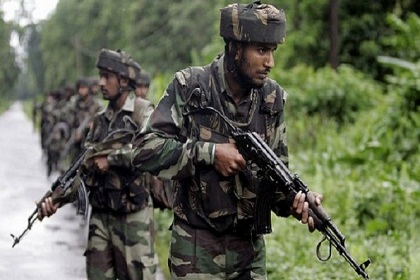 Courtesy: Inquisitr.com
Courtesy: Inquisitr.com
The government's media rhetoric and aggrandisement is doing more harm than good to its reputation. It seems intent upon proving right the age-old adage, pride goes before a fall.
 Courtesy: MEA/Government of India
Courtesy: MEA/Government of India
With a 1600-kilometre-long shared border, and a maritime boundary in the North East, Myanmar is critical to India’s Look East policy. However, India has to look beyond the China bogey in order to find ways to truly consolidate ties with Myanmar
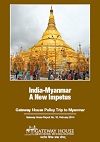 Courtesy: Gateway House
Courtesy: Gateway House
This report of Gateway House's Policy Trip to Myanmar recommends how India can participate in Myanmar’s emerging market and enhance India’s trade and strategic interests in Asia
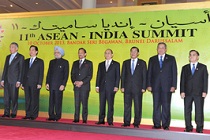 Courtesy: Prime Minister's Office
Courtesy: Prime Minister's Office
The India-ASEAN Free Trade Agreement in services and trade will allow India to leverage its competitive offerings in IT, finance, among other fields. But the pact has proved elusive so far due to the open squabbling between ministries. The deal now looks set to come through only after the new government takes over
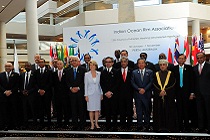 Courtesy: Ministry of External Affairs, India
Courtesy: Ministry of External Affairs, India
In the coming years, India’s greatest strategic challenge in the Indian Ocean region may not be the development of power projection but the quality of the strategic relationships that it can build in the region. The extents to which India will be recognised as a regional leader depend on these relationships.
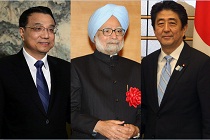 Courtesy: Ministry of External Affairs, India
Courtesy: Ministry of External Affairs, India
While the recent India-Japan Joint Statement contains significant breakthroughs, the China-Pakistan Joint Statement reveals the absence of warmth between India and China. With the current flurry of bilateral exchanges, India is fine-tuning its approach to emerging regional realities, as are others.
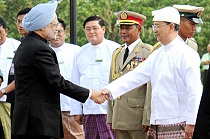 Courtesy: Ministry Of External Affairs, India
Courtesy: Ministry Of External Affairs, India
As a neighbour, India has legitimate interests in Myanmar, especially for peace and progress in its North East. More recently though, the Myanmarese are looking to imbibe democratic values from India, learn about regulations, banking systems, commodities exchanges, media councils, software and telecom skills
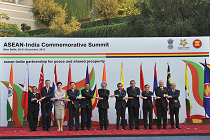 Courtesy: MEAIndia/Flickr
Courtesy: MEAIndia/Flickr
The steps taken by the Indian government to enable private sector involvement in ASEAN have been hesitant. After the recent ASEAN summit in New Delhi, it is time for greater coordination of Indian private industry with government-to-government interaction, which will benefit all members, including India.
 Courtesy: Shwkyn231/Flickr
Courtesy: Shwkyn231/Flickr
The year 2012 has been a busy one for foreign policy: from escalating disputes in the South China Sea to alternate financial instruments from the emerging world. India’s foreign policy too has its shown strengths and weaknesses. We present our top foreign policy Hotspots, Sweet spots and Blind spots for 2012.

New Delhi has actively worked with Beijing to address its massive bilateral trade deficit. However, it has another option. India can seek greater economic integration with ASEAN and substitute its imports from China with that of ASEAN. The India-ASEAN Summit on December 20 would be a good place to start.